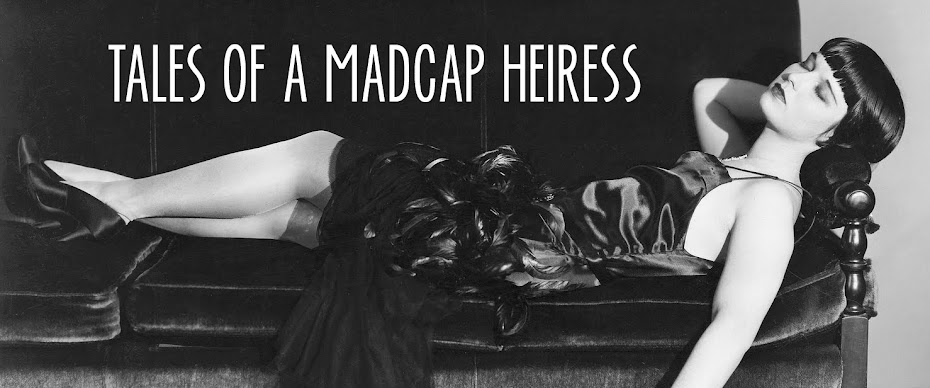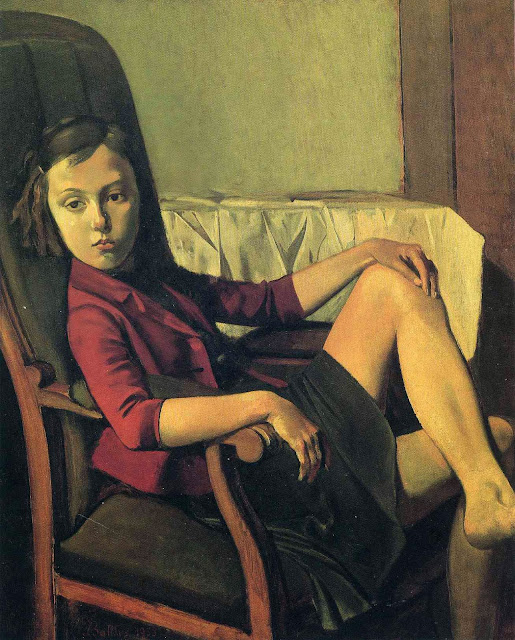
Pre-code films are often known for their bawdy language or
double entendres. Yet most of them can’t hold a candle to Lowell Sherman’s She Done Him Wrong (1933).
Based on Mae West’s popular Broadway play, Diamond Lil, the script changed the name of
West’s character to Lady Lou but kept her outrageous behaviour and saucy one-liners.
Set in 1890s New York, the film opens with a prologue about the Gay Nineties, informing the audience that it was a time “When they did such things and they said such things on the Bowery. A lusty, brawling, florid decade when there were handlebars on lip and wheel—and legs were confidential!”
Lady Lou (Mae West) is a singer at a saloon run by her benefactor Gus Jordan (Noah Beery) who showers her with diamonds. Lou is popular with everyone and spends her time off stage juggling various men. Among those are Dan Flynn (David Landau) who wants to oust Gus from power so he can have Lou to himself; Captain Cummings (Cary Grant), the director of the mission next door who’s always stopping by; and her former lover, Chick Clark (Owen Moore), who is doing time for stealing diamonds for her.

Meanwhile Gus' associate, Russian Rita
(Rafaela Ottiano), arrives to discuss their business operations—a prostitution racket and counterfeiting money. Rita brings along her new companion, Sergei Stanieff (Gilbert Roland), who Lou finds to be “warm, dark, and handsome.” After
being enchanted by her on their first visit, Sergei comes up to Lou's room with a
diamond pin to add to her growing collection.
Learning that Chick has been threatening to kill Lou if she
isn’t faithful to him, she goes to visit him in prison to assure him of her
fidelity. In a hilarious scene, she’s greeted by each of the prisoners, all of
whom have a past with Lady Lou. When one of them asks for another chance when he gets out in 15 years, Lou tells him "that's a date."
Regardless of Lou's promises, Chick breaks out of jail and shows up in Lou's room. She promises she’ll run away with him once she’s done
performing on stage that evening, and has him hide out in the alley. But before she
can go down to the stage, Rita shows up and, seeing Lou wearing the pin from
Sergei, pulls a knife on Lou. The two struggle, and Rita ends up dead. Lou has her
bodyguard, Spider (Dewey Robinson), dispose of the body and get Chick to wait
up in her room.
She performs her next number, “Frankie and Johnny.” While
doing so, she signals to Dan to go into her room where Chick shoots him. The
ensuing noise draws the attention of the police and Cummings who turns out to
be a federal agent working undercover to trap Gus and his cohorts. Everyone
is arrested, including Lou who instead of being loaded into the police wagon
with the others rides off in a carriage with Cummings who has a special
diamond to put on Lou’s finger.
The script for She
Done Him Wrong is filled with holes and at times seems to have too many
plot lines going on, not to mention the ludicrous ending. But it doesn’t matter
because it’s really a vehicle to showcase West’s particular brand of humour.
She's been mimicked so often that It’s difficult to watch
West and not see her as a caricature. But this is the original, the
real Mae West with the hourglass figure, blonde coiffed hair, narrowed
eyes, the smiling mouth that hardly moves when she almost purrs her lines, the Brooklyn accent, and that walk that would put a drag queen to
shame (no wonder some people thought she was secretly a man). It may all be one big
act but it’s one of the most recognizable in film history.
As for West as an actress, she isn't particularly great and her singing is nothing to write home about (although her intonation does remind one of early jazz singers) but she can deliver a liner like no one else.
She also recognized talent when she saw it and surrounded herself in the film with a strong cast starting with a very young Cary Grant wearing way too much
makeup. West always insisted that she gave him his first big break but he had already
stared in some other films including Blonde
Venus with Marlene Dietrich. Nonetheless, Grant gets second billing in a
film filled with some big names including those from the silent film era—Owen Moore, Mary Pickford’s first husband, and Gilbert
Roland, who was indeed very handsome.
The costumes by Edith Head are stunning, as should be expected, and the sets look like the Bowery albeit a whole
lot cleaner (a shot of a man cleaning up after a horse on the street doesn’t
even touch on the amount of filth one would have found).
And then there is the dialogue, specifically West’s
lines. In addition to the famed “Why don't you come up some time and
see me?” there are priceless others, some of which had me laughing out loud.
Lady
Lou: “Listen, when women go wrong, men go right after them”
Cummings:
“Haven't you ever met a man that could make you happy?”
Lady
Lou: “Sure, lots of times.”
Serge:
“I am delighted. I have heard so much about you.”
Lady
Lou: “Yeah, but you can't prove it.”
Lady
Lou: “I wasn't always rich.”
Pearl:
“No?”
Lady
Lou: “No, there was a time I didn't know where my next husband was coming from.”
Serge:
“The men in my country go wild about women with yellow hair.”
Lady
Lou: “I'm glad you told me. I wanna keep straight on my geography.”
[Cummings
shows Lou a pair of handcuffs.]
Lady
Lou: “Those absolutely necessary? You know I wasn't born with them.”
Cummings:
“No. A lot of men would've been safer if you had.”
Lady
Lou: “Oh, I don't know, hands ain't everything.”
These lines show West to have been a great comedic writer. And she didn’t keep all of the good lines for herself either.
Frances: “You know, ever since I sang that
song it's been haunting me.”
Rag
Time Kelly: “It should haunt you: You murdered it.”
It’s easy to write West off as someone who
happened to make a few films with some witty dialogue. But West was a ground breaker for her time. Just a few years after women got the
right to vote, she was staring in Broadway shows that she also wrote and directed. And after going to Hollywood, she became one of the highest paid people in the country.
So if you've never seen Mae West, check out She Done Him Wrong. It's short, funny, and is currently streaming on Netflix.





























.jpg)
.jpg)
.jpg)
.jpg)
.jpg)
.jpg)
2.jpg)
.jpg)
.jpg)
.jpg)
2.jpg)
color.jpg)
color.jpg)
full.jpg)


